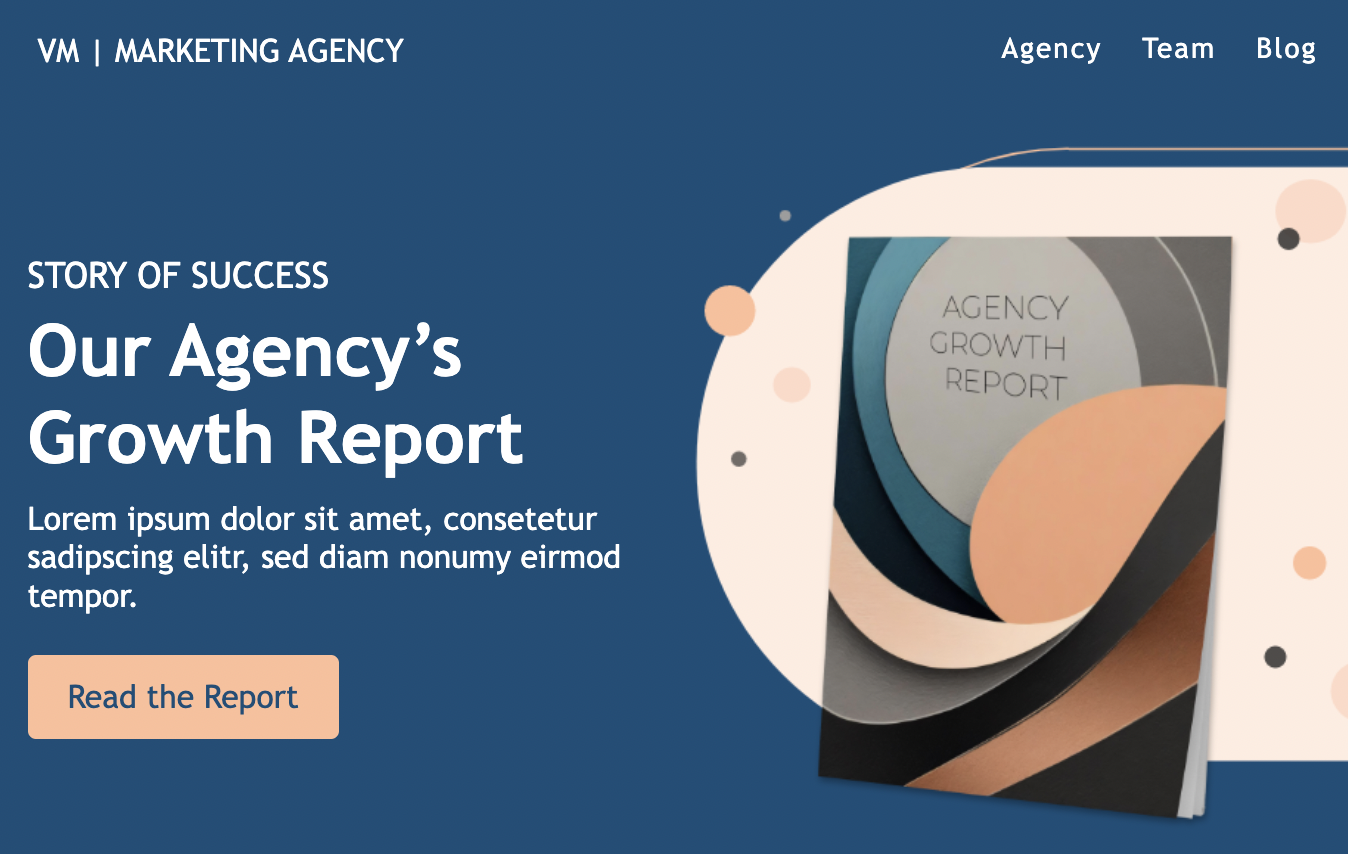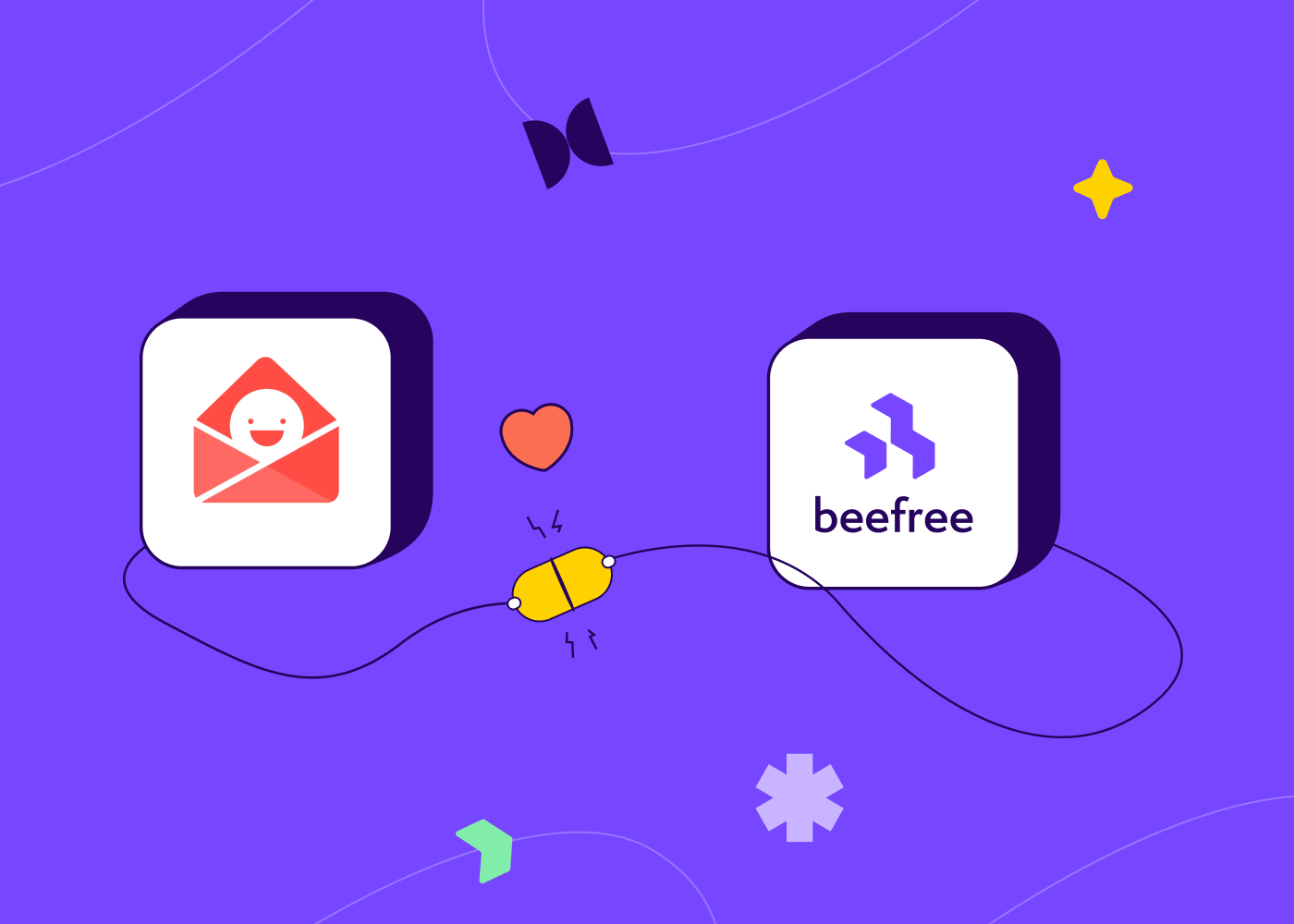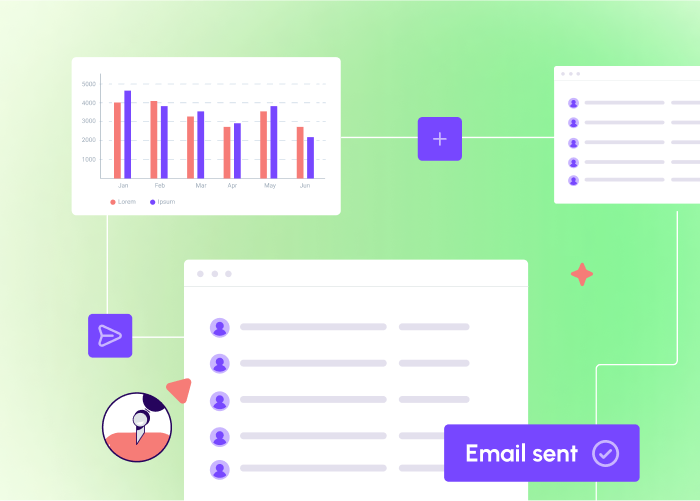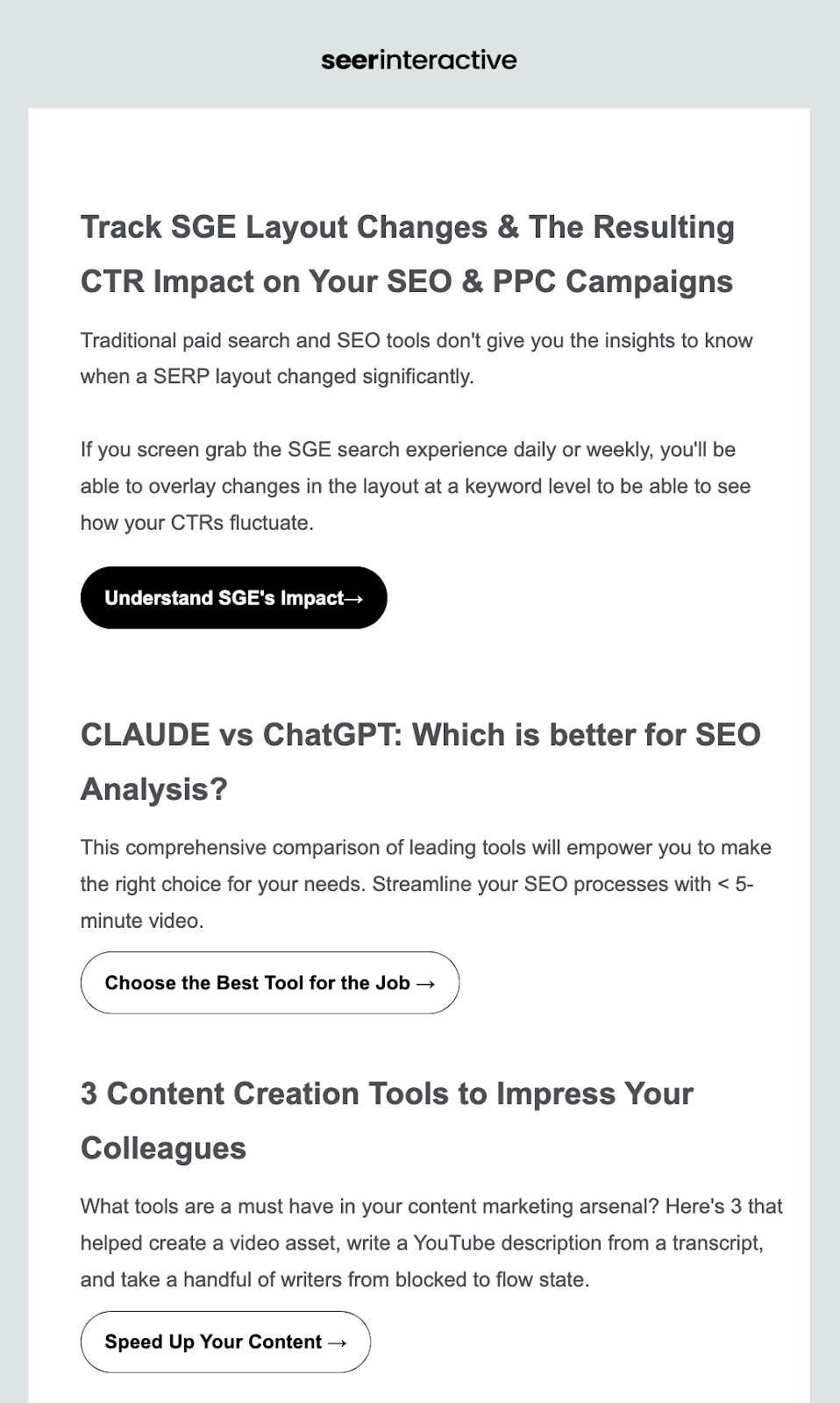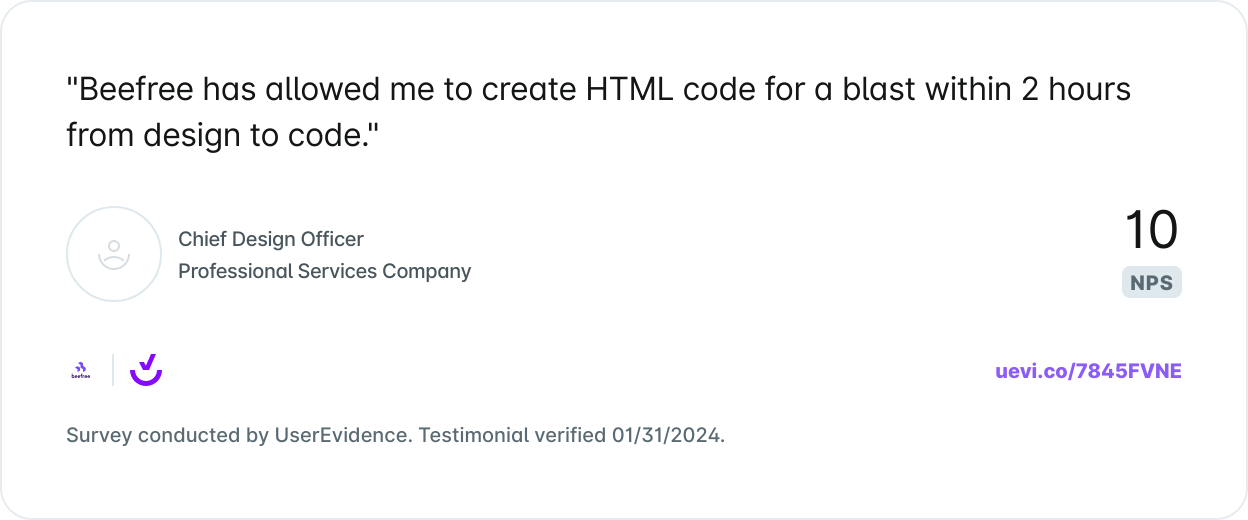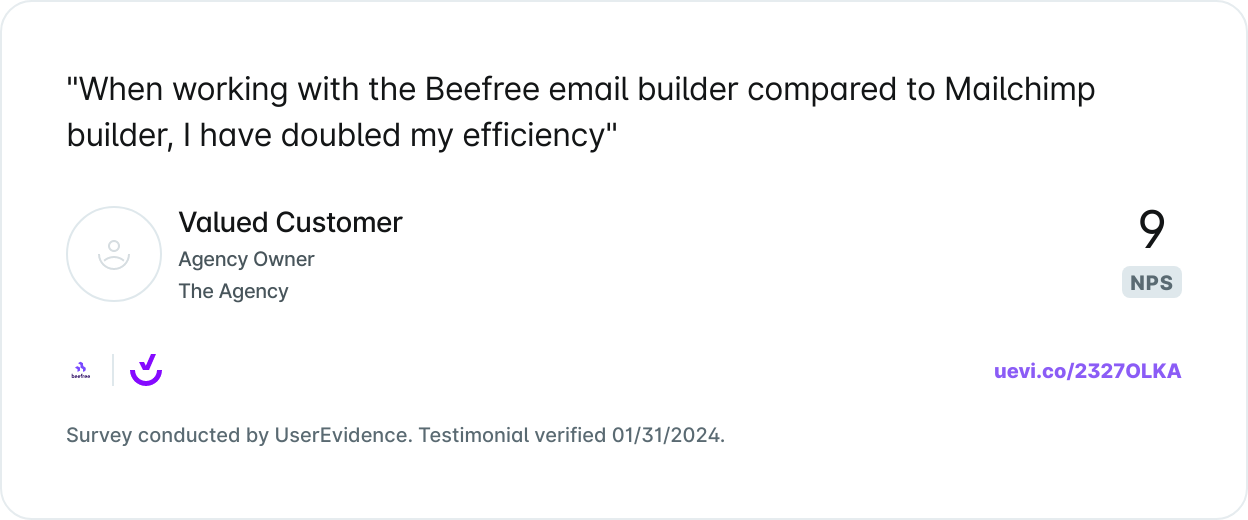Thoughtful content connects with your target audience and guides them to complete a specific action. Whether that action is to subscribe, purchase or review a product or service, a landing page serves as one of the best content forms to truly drive home conversions.At the core of a landing page is one defined intention. This intention or goal is more specific than only driving sales, it’s typically how you want to demonstrate value for each specific campaign: How can you show up for your customers and guide them towards a genuine solution to their problem? Once you narrow in on your goal, build a persuasive strategy and design the landing page to support that strategy: Why does your solution matter and how do you get customers to trust that it does?Understanding customer needs is the first step to creating an optimized landing page. Once you solidify that knowledge, you will be able to design and piece together your landing page elements that are geared towards customer personalities and interests.Let’s take this step-by-step so you can successfully craft a high-converting landing page.
What is a landing page?
A landing page is a standalone web page that serves one focused goal. In digital marketing, this is where your visitors end up or “land” after clicking on a link from your emails, social ads, or digital promotions. The best landing pages are campaign-specific and guide your visitors towards a CTA button.While normal web pages and your website showcase several different goals and allow visitors to explore,landing pages stay laser-focused on one goal: pushing visitors into the next step of the buying cycle. Depending on the stage they are on, this may be capturing leads, converting browsers into buyers or creating repeat buys.With a single CTA and the inability to explore the web page, the landing page is your best bet to increase conversion rates and lower costs of acquiring leads due its clear and direct mission.

What is the difference between a landing page and a website?
While the terminology seems similar, a landing page and a website have different makeups. Deciding on which to use will ultimately depend on your objective for creating the page.A landing page has one focused goal, and that is to convert visitors into customers. It will have the visitor fill out a sign up form, or simply click on a specific CTA. It partners a website but is used for a specific promotion, event or offering.However, a website is what finalizes the conversion. It gives visitors an opportunity to explore the offer in depth through other offerings and explanations. Here’s a quick breakdown of the differences:
Landing page vs. Website

(Website)


(Landing Page)
Benefits of a high-converting landing page
Landing pages that convert are highly valuable for your business. They work to advance your visitors along in their buying journey. Some benefits of effective landing pages include:
- Driving conversion rates
- Providing actionable data tracking
- Building credibility
- Increasing search traffic
These are only a few of the reasons why you should develop landing pages for your campaigns. Keep reading to find out how to create a high-converting landing page.
What are the key components of a landing page?
Developing a high-converting landing page comes down to a clear formula. Honing in on your landing page development, design and follow up that will make or break the momentum of your landing page. Depending on the type of page you plan to design, your elements will vary from each form. Follow along with this list to develop a page that increases those conversions:
A solid CTA
- One/few CTAs
- Visibility - clear, it stands out
- Placement - above the fold
To-the-point copy
- Compelling/catchy header and descriptive subheaders - aligned with other copy
- Short, concise, informative and customer-centric
- Considerable offer that communicates value
- Emotional triggers
- Benefits and pain points - write content with your goal in mind
- Strong grammar and spelling
Optimized design
- Align the elements
- Use white space to your advantage - spread out your content, and make it easy for customers to find your CTA
- Add brand personality but don’t overload
- Zero distractions - simple, focused design
- Bullet point copy for a lighter design appearance
A single defined goal
- Understand the purpose and intention of your landing page - clear message and defined goals
- Customers come first - focus on the offer not who you are as a company. Speak and design for your target audience
Eye-catching imagery
- Engaging imagery - images/multimedia
- Videos
Reviews/Testimonials
- Customer feedback and support
- Credentials and promises
Unique value proposition
- What do you stand for?
- What makes your company, product or service different from the crowd?
What are best practices for a high-converting landing page?
Keep forms short
- Know what specific information you want from potential customers
- Showcase your data security badges so customers trust your brand
Promote on social media
- Take advantage of PPC ads
- Leverage your social media and post landing pages to those platforms
Automate
- Ease the day-to-day by automating your landing page shares from the get-go
A/B test
- A/B test your design components and personalized copy on each landing page you create
- Check your metrics - pay attention and measure to know what to change and how to improve for more conversions on your next landing page
Follow up
- Thank your customers
- Give access to your other marketing channels
- Follow up by letting customers know how to reach you
7 Types of Landing Pages that Convert
With one set intention, landing pages cut out all distractions and lead your customers step-by-step through the buying process. Each page you use throughout your sales funnel plays such a crucial role that works not only to drive the final sale, but to also genuinely help your customers face their challenges and find their solutions alongside them.Kath Pay, CEO at Holistic Email Marketing, explains that our drive should be to help customers not just sell to them. She says that, “Good marketing is helpful marketing. Customers are subscribed to you for a reason, so make their conversion as easy as possible. Don’t put barriers in front of them.”A 404 landing page is just as important as a lead capture page because they all direct customers towards content they need. Include each of these landing page types to effectively help your customers and remove any barriers from their buying experience.
Lead capture page
A lead-capture landing page is created to collect leads through a data capture form. This page encourages or incentivizes customers to fill out the form with their information to gain some sort of reward in return. It’s a win-win, your customer gets something they want and you get the conversion.When to use this page: Mid-sales funnel —Where your customers have learned about your product and are now evaluating if what you have to offer is a right fit for them.

Squeeze page
Similar to the lead-capture page, the squeeze landing page is another form-based page to collect data. They are used to gather email addresses from potential customers. A squeeze page needs to quickly get straight to the point with a bold headline, a clear CTA, an exit option and links to next steps if they decide to move forward.When to use this page: Top of sales funnel—Where you gather leads through bare minimum information (the email address) to create an email list.
(Easily delete content to simplify the landing page)
Splash page
A splash landing page is a simple version of a landing page where an announcement or special offer is provided. There’s no data collection, it's simply about giving potential customers information. The splash landing page should have a clean layout with a clear CTA, minimal copy and few images.When to use this page: Any time in your sales funnel—Where you provide customers with general information before they end up on your main website.

(Easily delete content to simplify the landing page)
Sales page
The sales page is a landing page where you convince your customers to make a purchase. These pages are often touchy with design because it’s best to thoroughly understand your customers before finalizing any of the copy or design elements. If you push too hard or not hard enough, you could lose the sale. Your page length will depend on the details of the product or service you’re providing. Whether it be a small push with quick bullet points of benefits or a page filled with extensive info, make sure your push is backed by your intentions and clearly represents your value proposition.When to use this page: Bottom of sales funnel—Where you push visitors to become customers and make that purchase. Convincing people to buy from you is difficult so design with clear intentions.

404 page
A 404 page is a safety landing page and pops up when the page customers landed on was not found. The error, “Page not found,” should be stated and then should offer a solution. That way, customers won’t simply exit your page, the solution will guide customers to an alternate form of assistance or page. Focus on keeping the mood light here by using funny copy, memes or other humorous content that your customer base will respond well to.When to use this page: Any time in your sales funnel (safety net)—Where you give customers the option to head to your website or other pages that will assist their needs. This shows that you care for their experience as a customer and want to help them in ways you’re able to.

(Customize design to fit 404 page standards)
Unsubscribe page
An unsubscribe page is a landing page where customers are able to opt-out of receiving your emails. It’s considerate to set this page up to show customers that you care about how you engage with them. Don’t feel discouraged by an unsubscribe page. Use this page as an opportunity to re-engage. Provide options to understand how frequently customers want to receive emails from you, or offer something of value like a tutorial on how to work with your product.When to use this page: Any time in your sales funnel (safety net)—Where you have the opportunity to gain insight and survey your customers. Try to understand the reason as to why they are leaving you and how you will be able to win them back and build trust.

(Customize design to fit unsubscribe page standards)
Thank you page
A thank you landing page is a great way to show appreciation of your visitors and customers. They are perfect for creating and nurturing your leads and should include a survey, customer feedback box or where you simply thank customers for making a purchase.When to use this page: Any time in your sales funnel—Where you thank your customers and then incentivize them to come back and purchase more or click further to learn more details.

(Customize design to fit thank you page standards)
Landing pages that convert: Expert insights with Emily Ryan
Now that you understand the importance of landing pages to support and drive conversions for your marketing campaigns, let’s open the conversation to an expert in the field.Emily Ryan, MailChimp PRO Partner and Digital Strategist, shared her thoughts on landing page best practices to thoughtfully drive conversion rates. Follow along with Emily to nail down your high-converting landing page for future campaigns:
Considerations before creating your landing page
Before you start designing your page, you need to understand what your main goal is for the page.
- Is it to get more subscribers or clicks on your product?
- Or offer a discount?
Nail down your goal and then start to work backwards on how to get to that goal.You always want to consider your Audience too.
- Who is your landing page for?
- What do they like and want?
If you understand your ideal customer then you can build a great page for them. Keep the tone natural and not too salesy. Write your headings/sub-headings as if you're writing to one person in your audience.
Best landing page design elements
A great landing page has a few important elements. Most importantly, it has to be easy to read and understand. Think 8th-grade reading level. You should have:
- A strong headline
- Simple body text/copy
- Great images
You also want your landing page to flow naturally and not feel like you're selling. The simpler, the better. A great headline with a beautiful image and a big button can do wonders!
Benefits of landing pages that convert
The benefits of a great landing page are that it increases conversions — whether that's more sales or more subscribers. A landing page is a simple and effective way to reach your goal without having to build an entire website. I often say that a landing page is like a one-page website. They take little time to create and can have massive ROI. They're also incredibly useful when you have a simple offer and a strong CTA. A single page lets you focus on one goal instead of many.
Key takeaways
Simple is always better. Make it super easy for people to understand your offer and then click on your button. Landing pages do not need to be long or have a lot of copy. A great image and strong headline can do the trick -- so don't overthink it. Stay clean and simple and remember to make that CTA button stand out!
Design landing pages that convert with BEE Pro
An effective landing page will ultimately do two things:
- Focus in on one focused goal
- Turn visitors into customers
When designing your landing page, think about how you want your customers to engage with your content. Follow along with the key design best practices and get creative in a way that’s going to intrigue your distinct customer base. BEE Pro offers a collection of professional landing page templates to customize to fit your specific brand needs.Adapt different elements to optimize landing page conversions, and be sure to take advantage of extensive features like Mobile Design Mode, co-editing and more. Try it out here.




